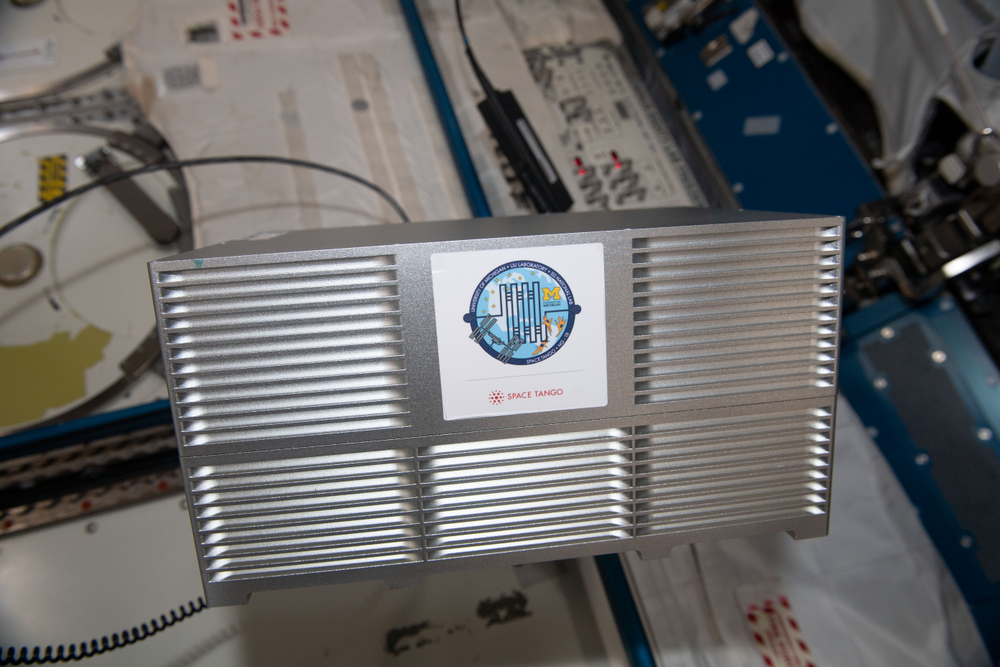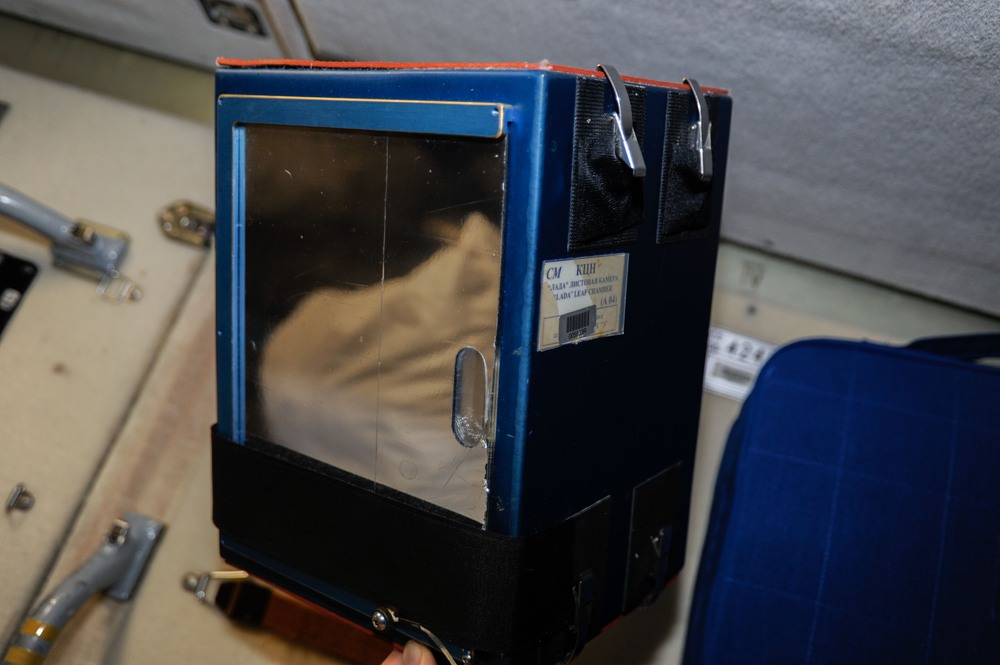Station Science Top News: April 12, 2024
Researchers demonstrated that a miniature flow cytometer can accurately measure test samples in microgravity when independently operated by trained crew members. Flow cytometers are devices that use laser-induced fluorescence to sort and identify cells. This technology could be used to analyze biomedical samples in-flight, a long-standing aim of NASA’s Human Research Program.
Typical flow cytometers are too cumbersome for spaceflight. The rHEALTH ONE investigation tested a commercial off-the-shelf device significantly modified for the parameters of microgravity. The researchers envision that future improvements or additions could further augment the device’s performance. This technology could be used to provide quick and accurate measurements of biological indicators related to disease, infection, or environmental exposure on future long-duration exploration missions.
Read more here.
***
Two separate experiments provide data on how microgravity influences the mechanical properties of bone-forming cells and shows that applying pressure to the cells could restore those properties. This finding could support the development of countermeasures to prevent bone loss in space and on Earth.
Bone loss is a significant issue of extended spaceflight and mirrors changes seen from aging and disease on Earth. The CubeLab-based Cellular Mechanotransduction by Osteoblasts investigation examined the effect of physical forces on bone cells using a special device to measure changes in cell shape under different pressures in space for the first time. Results could provide ideas for promoting bone health on future long-term space missions. In addition, this specialized hardware could be useful for other cell biology experiments in space.

A view of the Cellular Mechanotransduction by Osteoblasts CubeLab aboard the International Space Station. The investigation uses a special device to measure the stiffness of human osteoblasts, cells involved in the formation of bone. Credit: JAXA (Japan Aerospace Exploration Agency)/Koichi Wakata
***
Asymmetry is considered a characteristic of unfulfilled and immature wheat kernels. No significant differences in asymmetry were found in kernels of wheat grown in space and on the ground. However, the stress of microgravity caused space-grown kernels to grow a different type of starch that leads to inferior flour and baking quality. This finding could support breeding of wheat plants better suited to space conditions and development of improved habitats for growing them.
While extensive research has confirmed that leafy greens grown in space are not inferior to those grown on Earth, the quality of space-grown grain crops has not been determined. The Roscosmos investigation Rastenia-Pshenitsa (Plants-Wheat) evaluated dwarf wheat kernels grown in space and on the ground. Researchers also proposed a new method for establishing the asymmetry of kernels without inducing trauma.








